The Future of Salon Experiences in a Digital World
The Future of Salon Experiences in a Digital World
Last updated by Editorial team at qikspa.com on Thursday 18 December 2025
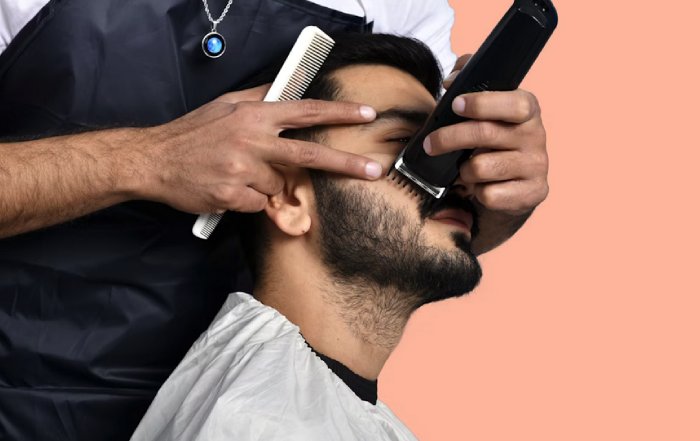

International Spa Therapies Gaining Global Popularity
Last updated by Editorial team at qikspa.com on Thursday 18 December 2025
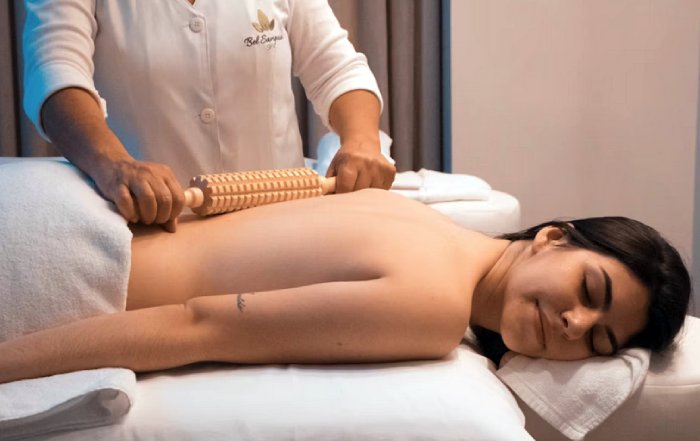
International Spa Therapies Gaining Global Popularity

How Nutrition Shapes Energy, Focus, and Wellbeing
Last updated by Editorial team at qikspa.com on Thursday 18 December 2025
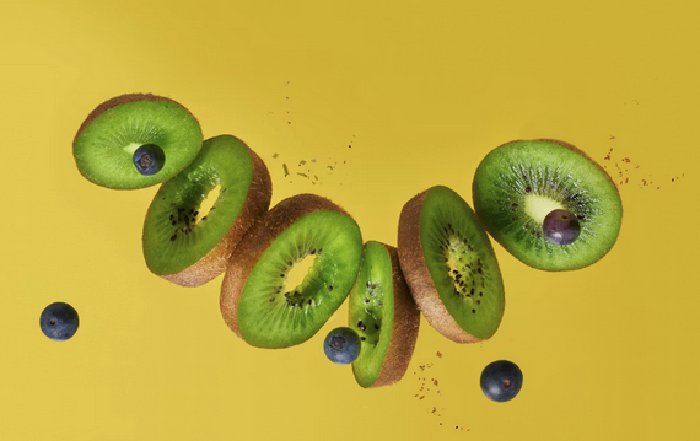
How Nutrition Shapes Energy, Focus, and Wellbeing

The Art of Relaxation in High-Performance Lifestyles
Last updated by Editorial team at qikspa.com on Thursday 18 December 2025
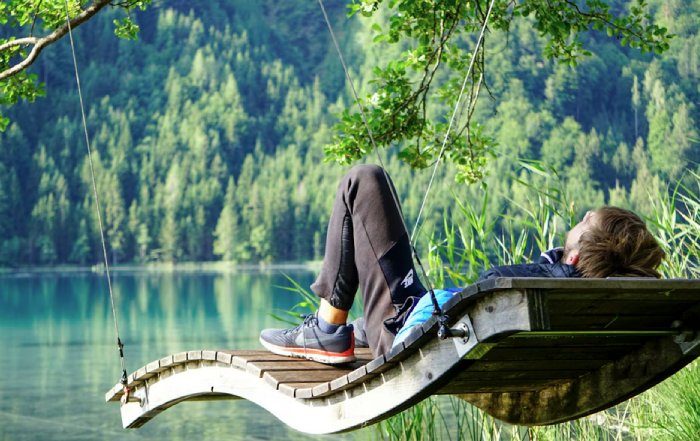
The Art of Relaxation in High-Performance Lifestyles

Beauty and Wellness Brands Embracing Ethical Innovation
Last updated by Editorial team at qikspa.com on Thursday 18 December 2025
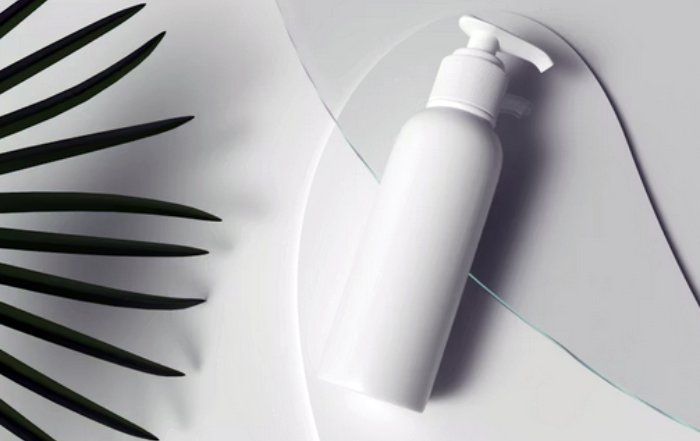
Beauty and Wellness Brands Embracing Ethical Innovation

How Sustainable Travel Supports Wellness Tourism
Last updated by Editorial team at qikspa.com on Thursday 18 December 2025
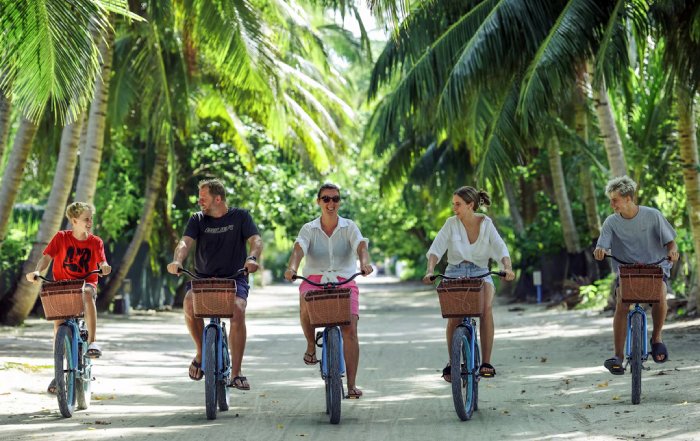
How Sustainable Travel Supports Wellness Tourism

Global Fitness Movements Transforming Healthy Living
Last updated by Editorial team at qikspa.com on Thursday 18 December 2025
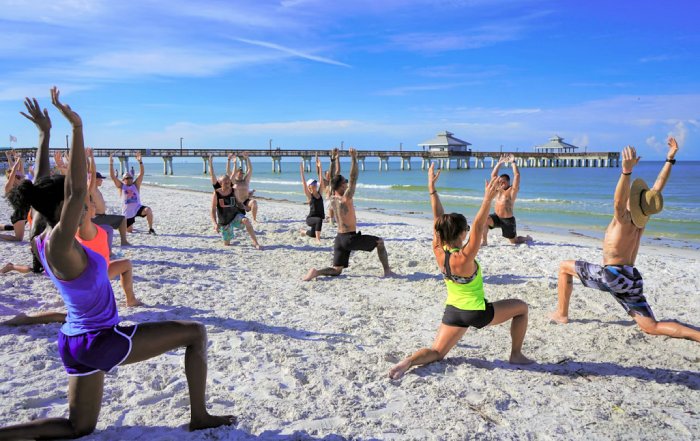
Global Fitness Movements Transforming Healthy Living

Women’s Wellness Journeys Across Different Cultures
Last updated by Editorial team at qikspa.com on Thursday 18 December 2025
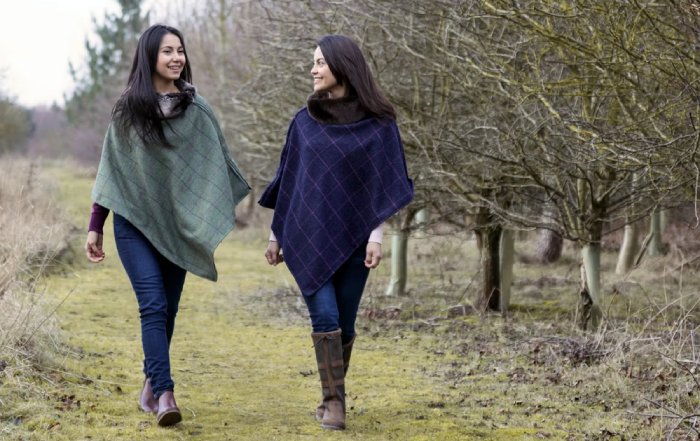
Women’s Wellness Journeys Across Different Cultures
